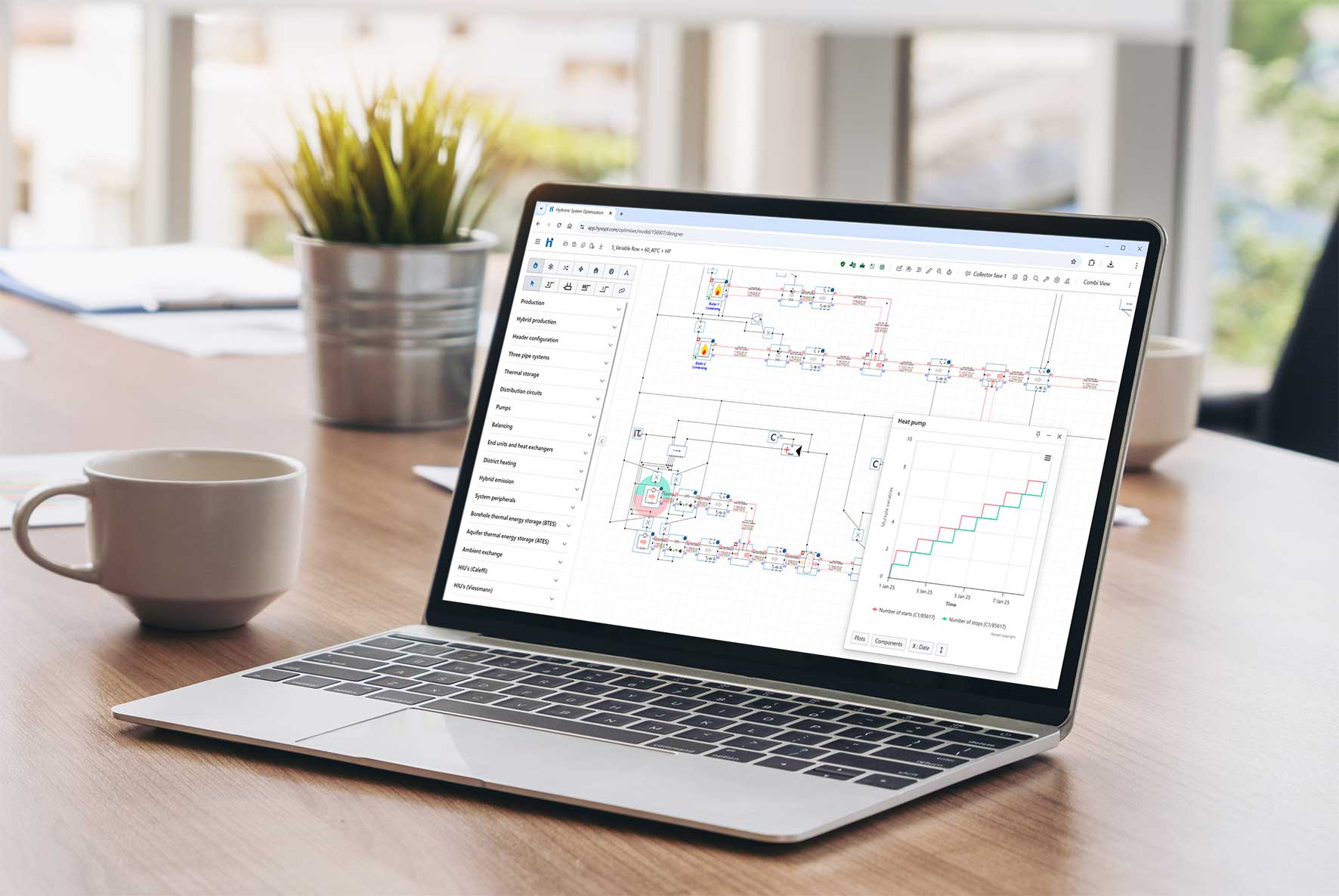Proving HVAC Design Decisions with Real Performance Evidence
HVAC engineers need more than drawings — they need defensible, data-backed evidence that proves design performance with clarity and confidence.
HVAC engineers need more than drawings — they need defensible, data-backed evidence that proves design performance with clarity and confidence.
Clients, consultants, and contractors expect HVAC designs to be proven, not just presented. A flow diagram or spreadsheet may show what you intend to build, but it rarely demonstrates how the system will perform under real operating conditions. Without transparent, validated evidence, design discussions often slip into doubt, debate, or delay.
Modern engineering teams use performance data to bridge that gap. When every design choice can be backed by traceable metrics — flows, temperatures, energy profiles, and emission outcomes — it becomes far easier to justify decisions and move the project forward with confidence.
This shift toward measurable proof is transforming how HVAC teams defend their work across design reviews, tenders, and project milestones.
Relying on experience alone is no longer enough. Today’s systems are more complex, more interconnected, and held to higher standards of efficiency and compliance. Data-driven validation replaces assumptions with clarity, turning the behaviour of hydronic networks into information everyone can understand.
Rather than describing how a system should respond to load changes or weather variations, engineers can demonstrate how it will respond. Full-year performance profiles, ΔT behaviour, hydraulic balance, pump load, and emissions become visible and verifiable.
This is where system-level modelling becomes powerful: it allows teams to remove ambiguity and strengthen every technical argument with facts rather than gut feeling.
See how performance evidence strengthens HVAC decision-making ›
Most project challenges aren’t caused by bad engineering — they’re caused by miscommunication. When clients and contractors don’t understand why a design decision was made, trust erodes quickly.
Performance evidence solves that problem. Clear visuals, validated calculations, and scenario comparisons help everyone see the logic behind the design. It becomes easier to explain why sizing choices were made, how comfort targets will be met, or why one system configuration outperforms another.
With shared, transparent data, discussions stop revolving around opinions and start revolving around outcomes. That creates faster decisions, fewer objections, and stronger alignment across the team.
Discover how data clarity improves HVAC design communication ›
The value of defensible evidence extends far beyond the design phase. It supports procurement, protects engineers during installation, and provides measurable reference points during commissioning. When performance expectations are documented clearly and backed by physics-based insights, there’s no room for misunderstandings.
This is how leading HVAC teams avoid redesigns, reduce risk, and ensure that the final installation performs exactly as intended.
Request your trial today and experience the power of Hysopt first hand.
Discover the 6 key HVAC trends for 2026 in this e-book packed with data-driven insights and actions to help you stay ahead in the changing market.
Download your copy today and see what no HVAC engineer can afford to ignore in 2026.



